Worm Gearbox for Dynamic Architectural Lighting
When it comes to lighting design in architecture, one of the essential components to consider is the gearbox, specifically, the worm gearbox. This article aims to elucidate the importance, components, working principles, applications, and advantages of worm gearboxes, particularly in the realm of dynamic architectural lighting.

Understanding the Basics of Worm Gearbox
Before delving into the applications and benefits of the worm gearbox, it is paramount to comprehend its fundamental concepts and functions. A worm gearbox, also known as a worm gear reducer, is a mechanical device that utilizes a worm to reduce rotational speed, or allow higher torque to be transmitted. The unique design of a worm gearbox enables it to transfer motion in a 90-degree configuration, making it an essential part of many industrial and mechanical applications.
Working Principle of a Worm Gear Reducer
The worm gear reducer operates based on the meshing relationship between the worm and the worm gear. The worm, which is similar to a screw, meshes with the worm gear to create rotational movement. This movement then gets transmitted from the worm to the worm gear, resulting in a reduction in speed or an increase in torque. The design of the worm and worm gear also ensures that the gearbox is self-locking, preventing back-driving and providing a secure and stable operation.
Structure and Components of a Worm Gearbox
Worm
The worm is a helical structure that meshes with the worm gear to create rotational movement. It is usually made from hardened steel to ensure durability and longevity.
Worm Gear
The worm gear is a large gear with grooves that match the threads of the worm. It is typically constructed from a softer material such as bronze or plastic to reduce wear and tear on the worm.
Input and Output Shafts
The input and output shafts are the entry and exit points for the rotational motion in the gearbox. The input shaft is connected to the motor or another power source, while the output shaft is connected to the load or the device being driven.
Why Worm Gearbox is Suitable for Dynamic Architectural Lighting
Worm gearboxes are particularly suitable for dynamic architectural lighting due to several reasons:
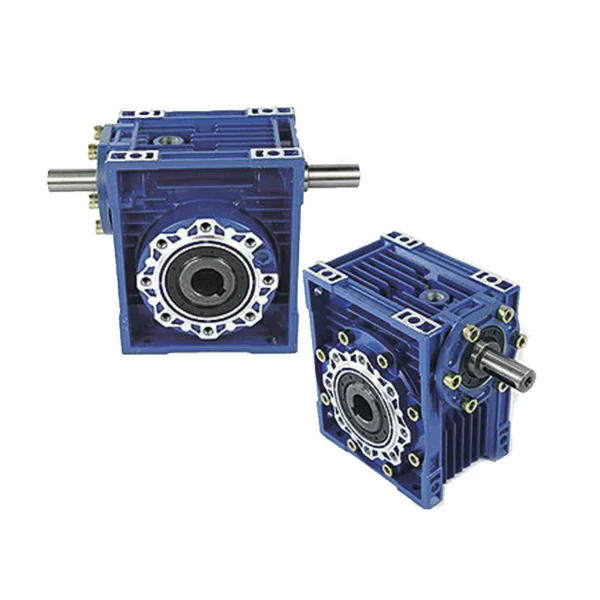
- High Torque: Worm gearboxes can generate high torque, which is essential for moving large lighting fixtures.
- Compact Design: Their compact design makes them easy to integrate into lighting systems without consuming much space.
- Smooth Operation: The worm gearbox operates smoothly and silently, ensuring that the movement of lighting fixtures is seamless and noise-free.
- Directional Flexibility: The ability of a worm gearbox to transfer motion in a 90-degree configuration allows for greater flexibility in lighting design.
- Self-locking Feature: The self-locking feature ensures that the lighting fixtures remain in their designated positions, providing a safe and stable operation.
Features and Advantages of Worm Gear Motor
Worm gear motors offer several advantages, including:
- High Efficiency: Worm gear motors are highly efficient, providing excellent performance with minimal energy consumption.
- Durability: The robust construction of worm gear motors ensures their durability and long service life.
- Versatility: Worm gear motors are versatile and can be used in a wide range of applications, including dynamic architectural lighting.
- Maintenance-free: Worm gear motors are virtually maintenance-free, reducing the need for frequent servicing and repairs.
- Cost-effective: Worm gear motors are cost-effective solutions, providing high performance at a reasonable price.
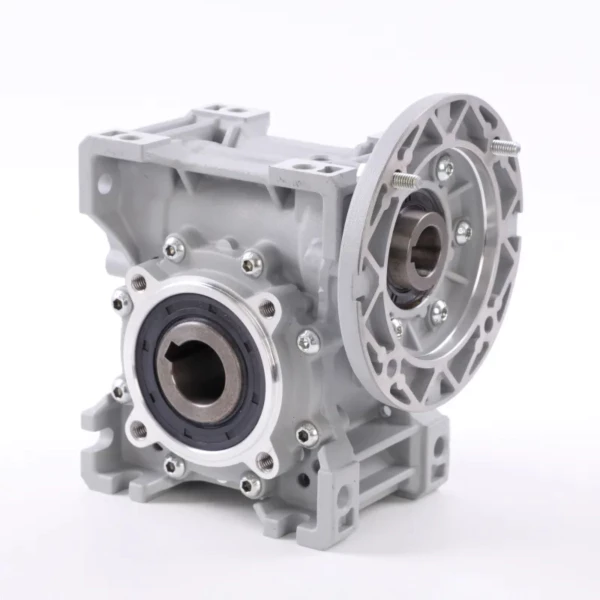
Choosing the Right Worm Reducer for Dynamic Architectural Lighting
Choosing the right worm reducer for dynamic architectural lighting involves several factors:
- Load Capacity: The worm reducer should have the appropriate load capacity to handle the weight of the lighting fixtures.
- Speed Requirements: The speed requirements of the lighting system should be considered to ensure that the worm reducer can provide the necessary speed reduction or increase.
- Mounting Options: The mounting options should be considered to ensure that the worm reducer can be easily integrated into the lighting system.
- Environmental Conditions: The environmental conditions, such as temperature and humidity, should be taken into account to ensure that the worm reducer can operate effectively under these conditions.
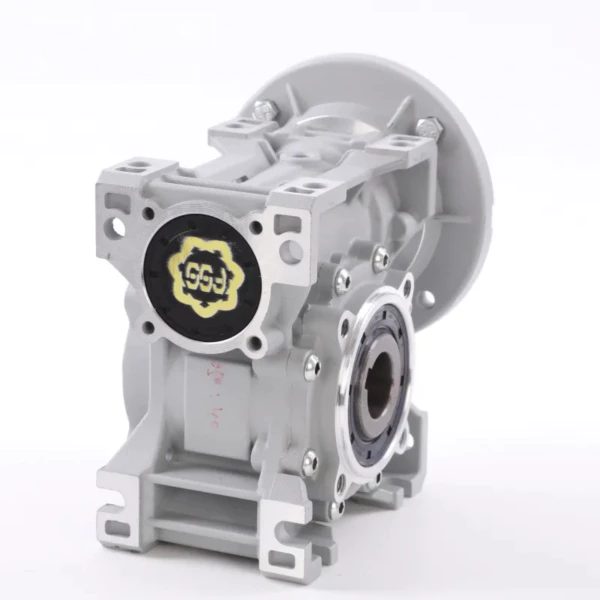
Motors for Worm Gear Reducers
When it comes to worm gear reducers, the motor is an integral part of the system. The motor provides the power that drives the worm, which in turn drives the worm gear. The selection of the appropriate motor is therefore essential to ensure the efficient operation of the worm gear reducer. We also offer a range of electric motors suitable for use with worm gear reducers.
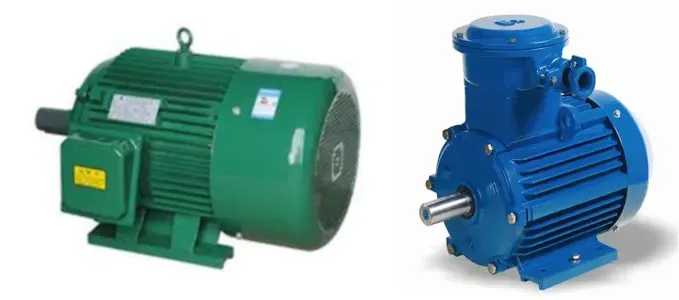
Why Choose Our Worm Gearbox
We are a leading manufacturer of transmission equipment, with over 15 years of experience in the design, production, and sales of gearboxes. Our products, including the worm gearbox, are highly regarded by our customers in Europe, America, Africa, and Asia. We offer top-notch service, superior product quality, and competitive pricing. Our dedication to innovation and stringent quality control measures ensure that our products meet the highest standards of performance and reliability.
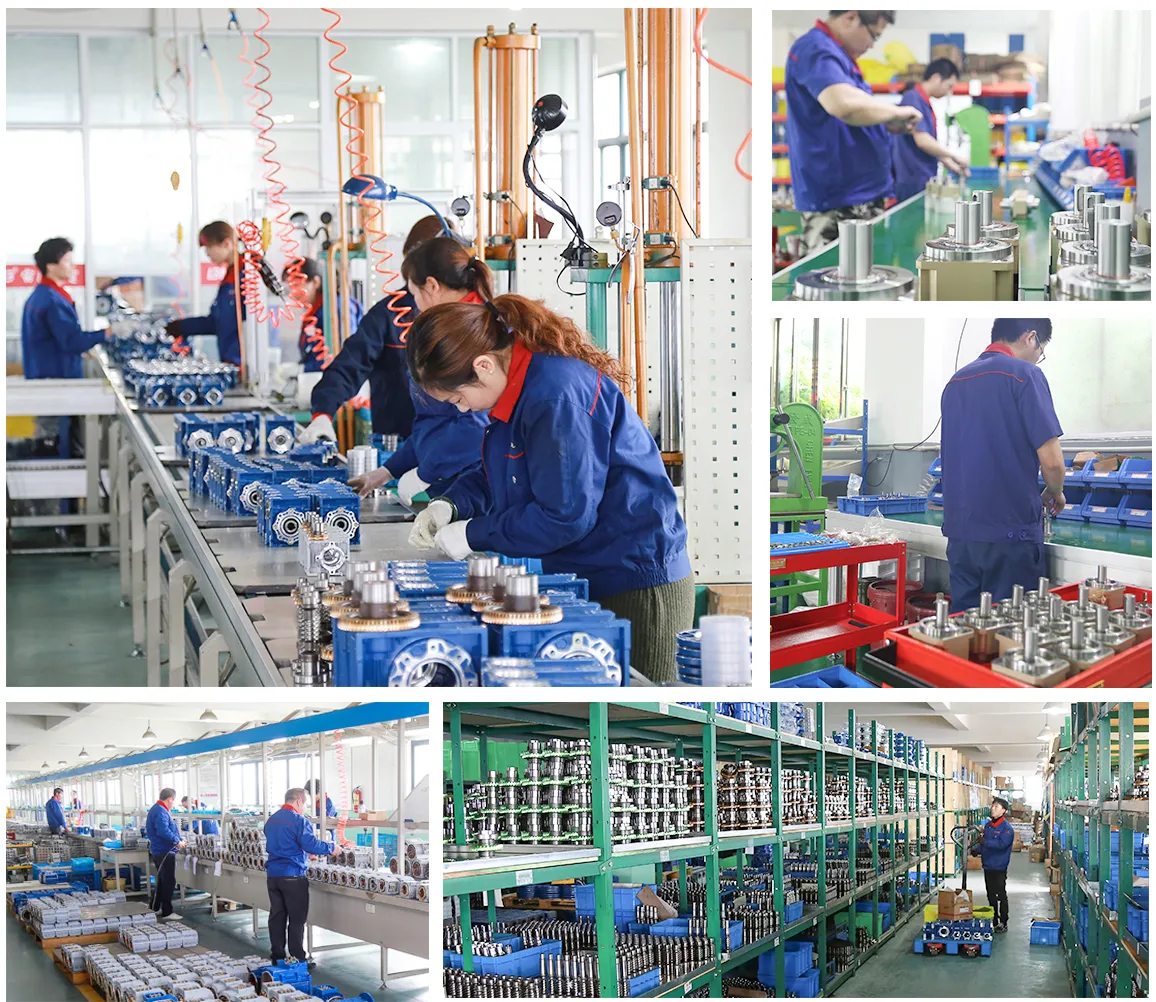
Q&A
- Q: How does a worm gearbox work in dynamic architectural lighting?
A: A worm gearbox works in dynamic architectural lighting by providing the necessary torque and speed to move the lighting fixtures. It also allows for directional flexibility in the movement of the fixtures. - Q: What are the advantages of using a worm gearbox in dynamic architectural lighting?
A: The advantages of using a worm gearbox in dynamic architectural lighting include high torque, compact design, smooth operation, directional flexibility, and a self-locking feature. - Q: How do I choose the right worm reducer for my dynamic architectural lighting system?
A: Choosing the right worm reducer involves considering factors such as load capacity, speed requirements, mounting options, and environmental conditions.
Edited by Zqq.